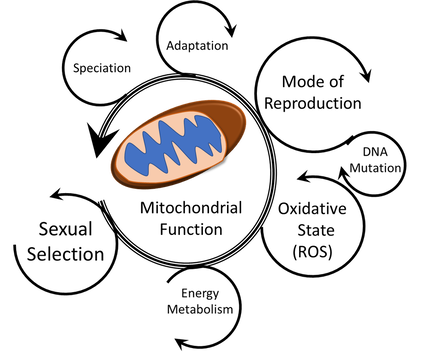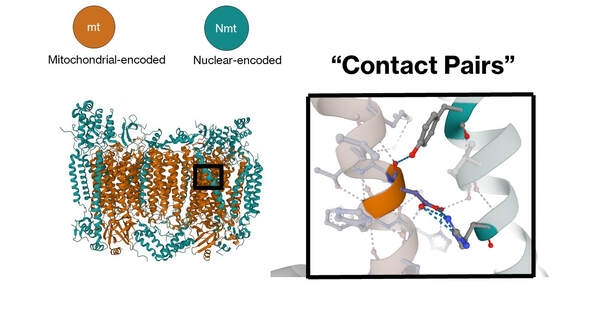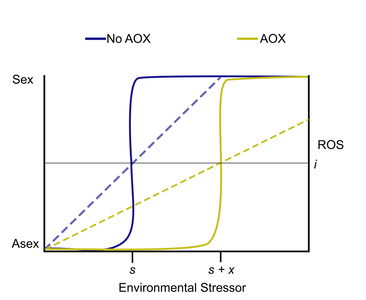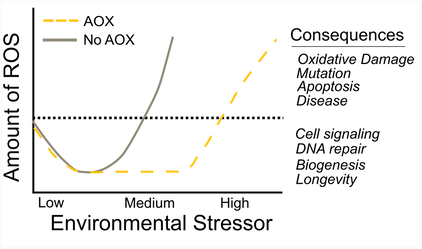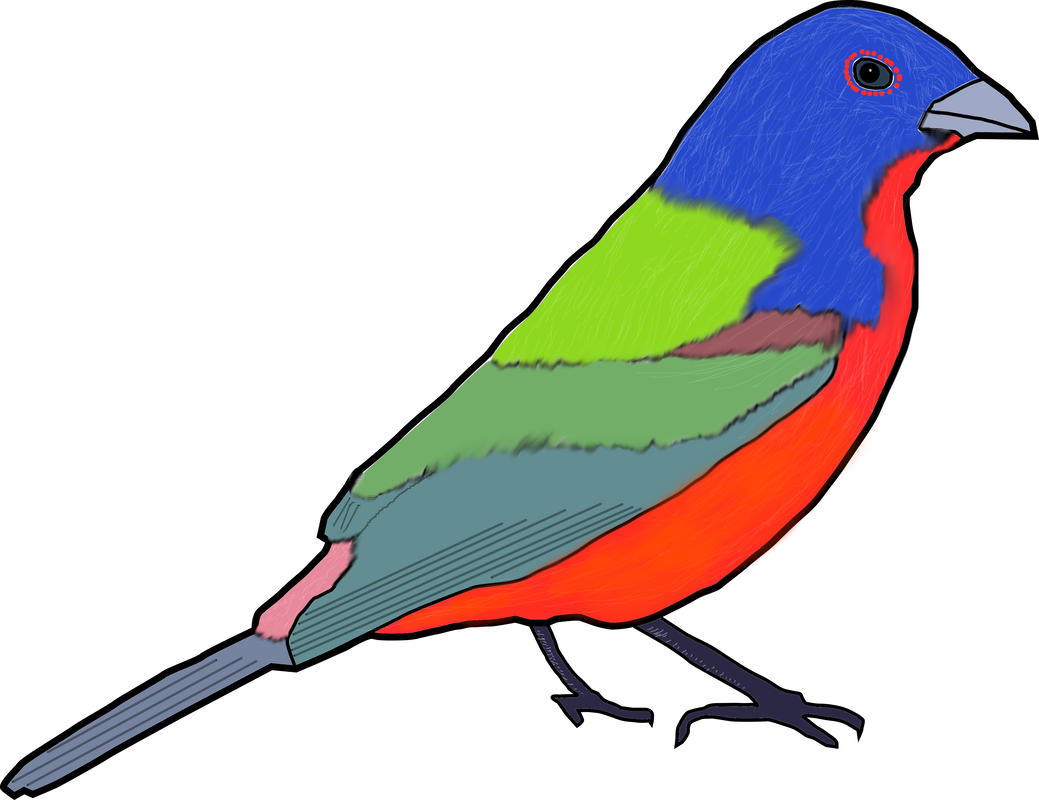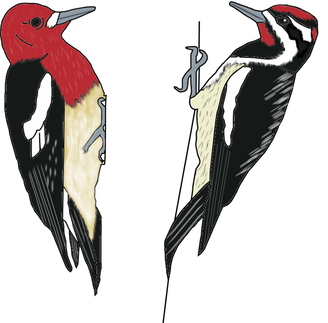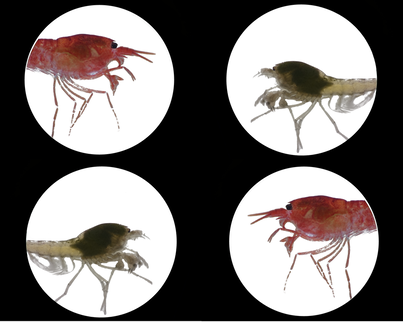Evolutionary BioenergeticsOur research program investigates the role of mitochondrial physiology in evolutionary processes including adaptation, co-evolution of genomes, life-history evolution, and sexual selection. There are two specific aspects of mitochondria that are key to our research: 1) mitochondrial-nuclear interactions are required for mitochondrial function, and 2) the text-book depiction of the mitochondrial electron transport chain (ETC) is not representative of most eukaryotes. |
Mitochondrial-Nuclear InteractionsATP production via mitochondrial oxidative phosphorylation (OXPHOS) is fundamental to cellular and organismal functions in eukaryotes. The electron transport chain (ETC) is the engine of this process, comprising mitochondrial-encoded and nuclear-encoded proteins. Recent work in our lab revealed tight co-evolution between mitochondrial genomes and interacting nuclear genes, yet we failed to support the widely invoked nuclear compensation mechanism that is predicted to maintain this crucial partnership. We are working to understand how amino acid changes in one partner affects chimeric protein function. |
Mitochondrial Alternative Oxidase (AOX)Alternative Oxidase (AOX) is a common, but understudied, ETC component that allows for metabolic flexibility, helping organisms endure respiratory stress. Our recent work has mapped the wide taxonomic distribution of AOX orthologs across the tree of life, suggesting its an ancestral trait in eukaryotes,. Current projects on this topic include determining the functional role of AOX in animals, many of which tend to share facultatively sexual and/or hypoxia-tolerant life-histories. |
Pathogen BioenergeticsPathogens face variable –often harsh– environments across their life cycles that span wide ranges of pH, temperature, oxygen levels, nutrient availability, and host immune responses, which pose challenges to metabolic machinery. In aerobic environments, oxidative phosphorylation-based respiration brings high yields of biological energy in the form of ATP, but also introduces vulnerabilities to environmental stressors that inhibit canonical mitochondrial electron transport chain (ETC) pathways. Respiratory stress can be deadly, but many and diverse eukaryotes avoid or tolerate this stress because they have a branched ETC that allows for metabolic flexibility. That is, in addition to the cytochrome pathway (CIII and CIV) where electron flux from reducing equivalents terminates in complex IV to reduce molecular oxygen to water, there is a second exit for electrons via the alternative oxidase (AOX). AOX is present in many eukaryotic pathogens (fungi and protists) that infect vertebrates. Our lab is investigating if and how AOX mediates the disease ecology of pathogens that infect amphibians, snakes, turtles, bats, and humans. |
Vertical Divider
|
Projects ready for students to develop further
The evolution of sex, mitochondrial mutation rates, mitonuclear interactions, AOX function in animals, genomics of crustacean carotenoid coloration
Carotenoid Coloration in Animals
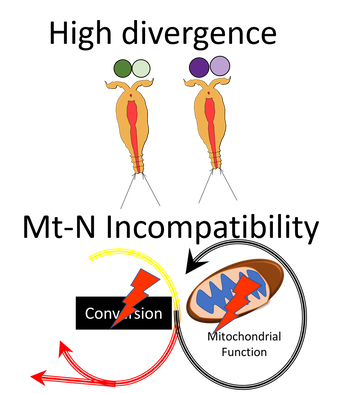
If I am known at all, it is mostly for my Ph.D. work on carotenoid coloration physiology and evolution in animals. Our group will still pursue these topics in the future, but are not currently. Here are some links:
Carotenoid metabolism strengthens the link between feather coloration and individual quality
What maintains signal honesty in animal colour displays used in mate choice?
Red coloration in an anchialine shrimp: carotenoids, genetic variation, and candidate genes
Carotenoid ornaments and the spandrels of physiology: a critique of theory to explain condition dependency
Carotenoid metabolism strengthens the link between feather coloration and individual quality
What maintains signal honesty in animal colour displays used in mate choice?
Red coloration in an anchialine shrimp: carotenoids, genetic variation, and candidate genes
Carotenoid ornaments and the spandrels of physiology: a critique of theory to explain condition dependency
Painted Bunting
Investigating the molecular and structural basis for the coloration of the most colorful bird in North America
Now Published: Painting the Bunting: Carotenoids and structural elements combine to produce the feather coloration of the male Painted Bunting |
Sapsucker Hybridization
Hybridization, mitochondrial divergence, and ketocarotenoid production
|
Volcano Shrimp
Population-specific ketocarotenoid production in Halocaridina rubra
|
Any opinions, findings, and conclusions or recommendations expressed in this material are those of the author(s) and do not necessarily reflect the views of the NSF.
